
This is where you find all our press releases and news articles.
The global annual wood pellet trade is currently about 30 million tonnes and growing at about 15 per cent per year. About half of all wood pellets are sold in the industrial sector for power generation while the other half are sold in the heating sector for residential, commercial and institutional applications.
Premium pellet fuel is essential to attain a constant and optimal heating process. As different fuel qualities exist, it is essential for stove and boiler owners to choose the right quality fuel that fits best with their installations. If not adapted, ill-advised choices can not only lead to a loss of efficiency, but can also disturb the combustion process and/or complicate an appliance's maintenance. This is particularly important on smaller boilers and stoves used in domestic properties as the tolerances involved are much lower than boilers with larger capacities.
Larger industrial-sized pellet boilers do not suffer as much from this problem and can therefore use lower quality pellets without experiencing the same issues.

Today's article will talk about the biomass wood pellet standard, but the wood pellet quality standards are determined based on different pellet fuel certifications. The most common wood pellet standard certifications include ENPlus, CANplus, DINplus, PFI and ISO, as well as the relatively new SBP and FSC. (Forest Management Committee) and PEFC (Forest Certification Scheme), etc., it can be seen that some standards are not certification for the formulation of wood pellet specifications, but certification for market access in a certain country, such as SBP certification, which is certification for wood production, it is the largest voluntary system where substances are used for energy purposes. In addition, Japan and South Korea have also introduced sustainable development certification schemes. Wood pellets sold to Japan must be certified for forest management, and power companies must purchase biomass and other renewable energy power in a fixed-term contract at a fixed price. In South Korea, attempts have been made to introduce sustainable forest management standards. Today we only discuss the certification of specific biomass wood pellet specifications.
In the industrial sector, pellet producers are concerned about sustainability certification. This is to demonstrate to our customers, and ultimately to governments, that pellets produced for power are produced sustainably. In the heating sector, wood pellet quality certification is growing in importance as means of providing third party assurance to consumers that the pellets they are purchasing will provide optimal performance in stoves and boilers.
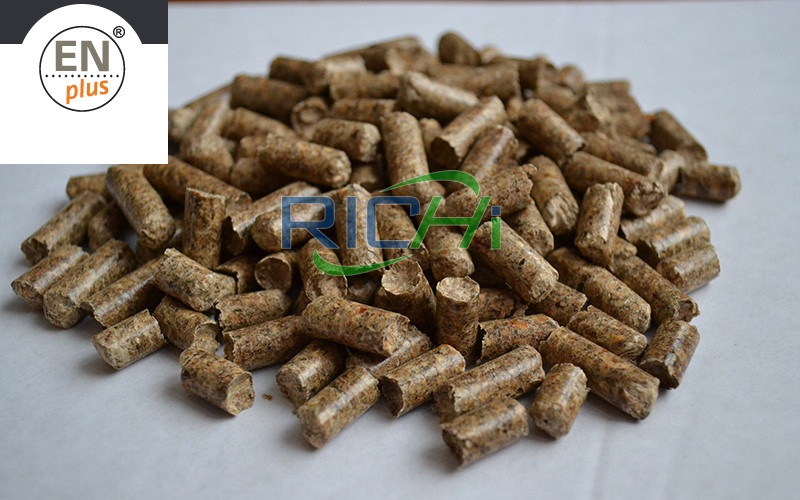
What is wood pellet certification? It is the provision by an independent third party – a certification body – that wood pellets bearing the certification trademark conform to specific quality standards. Quality certification is not needed in the industrial pellet sector because buyers and sellers routinely conduct laboratory tests of samples taken from each pellet shipment. In the heating sector, it would obviously be impractical to expect consumers to conduct their own laboratory tests. This is the reason that third-party quality certification was developed for the heating sector.
Quality certification benefits wood pellet producers in two ways:
(1)Certification protects producers from bad actors in the market. By advocating that consumers use only certified pellets, it ensures that the pellets will perform properly in stoves and boilers and thus protect the reputation of wood pellets as a good quality fuel.
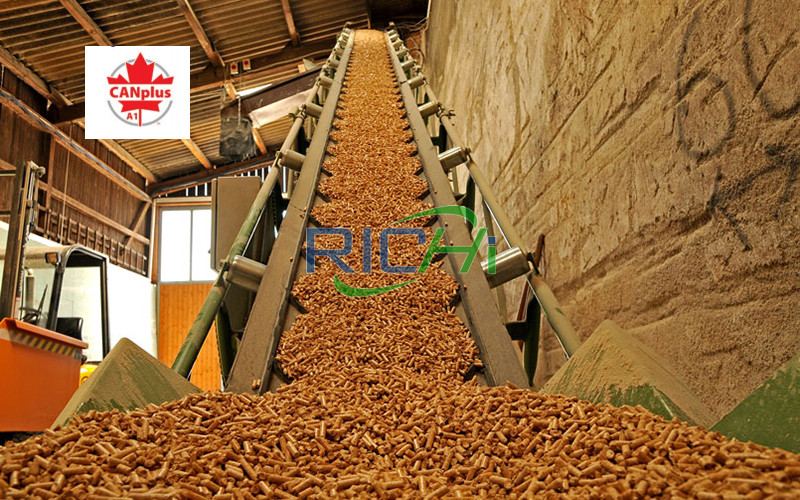
(2)Certification provides market access. With ENplus certified pellets making up 80 per cent of the European heat sector, buyers are now insisting that imported pellets be ENplus certified. In the United States, the Environmental Protection Agency has ruled that all new pellet stove warrantees must specify the use of certified pellets. Three certifications are accepted: PFI (managed by the U.S. Pellet Fuels Institute), ENplus, and CANplus. In Canada, some provincial governments–notably Ontario–have developed, or are developing new rules for wood heating requiring the use of CANplus certified wood pellets in pellet boilers.
The quality characteristics below are part of technical requirements being controlled during the wood pellet quality certification and surveillance processes:(This part can be comprehensively promoted with RICHI equipment, how to use these equipment to process pellets that meet the most stringent certification standards.)
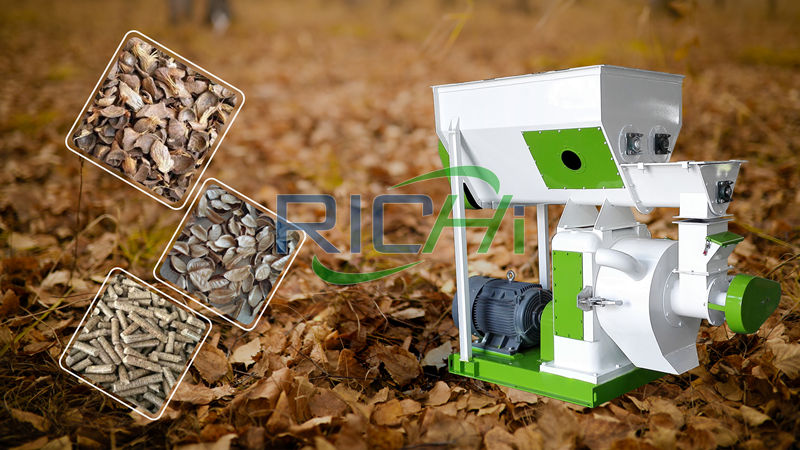
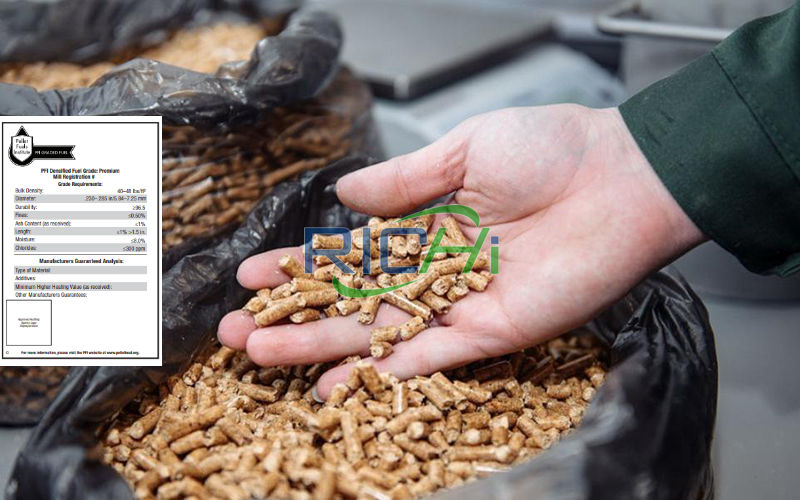
If you are in the wood pellet manufacturing business, you have likely heard about various pellet quality schemes to certify or qualify your product. While there are several, the four most commonly referenced in the world are the Pellet Fuels Institute Standards Program, CANplus, ENplus and ISO, DINplus. These schemes are similar in many ways, but provide different market opportunities, making it difficult for wood pellet producers to decide which quality scheme is best suited for their business models. (Click the certification below to see more)
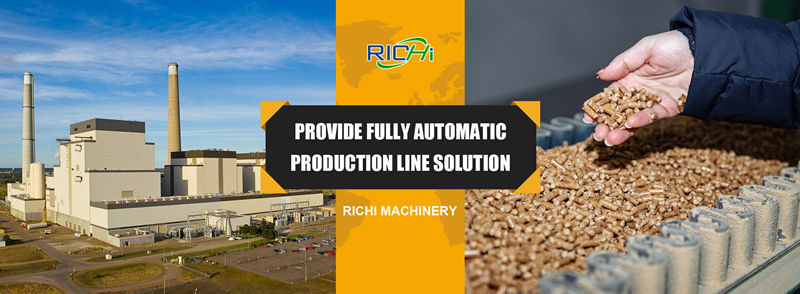
Having the right mix of reliable, high-quality pellet machine and pelletizing systems and expert support is essential to your success. Watch how our end-to-end feed pellet plant solutions have helped our customers optimize their performance.
Our customized and future-proofed turnkey pellet plant solutions is designed with you at the core. From vision to reality and beyond, our team stays connected with yours. Giving you peace-of-mind with an expert at your side.

At RICHI, we go beyond project completion. With RICHI Servicee, we’re your dedicated partners in success. Count on us for expert guidance, minimal downtime, and optimized productivity. Choose RICHI for unmatched service and support.



Meet global product demands and quality standards with industry-leading pellet plant design, engineering, equipment, and construction services for pellet processors.


Your Partner Beyond Project Completion
2000+ cases
RICHI is the leading designer, manufacturer and builder of pellet plants in the world, completing over 2000 projects in 140 countries across 6 continents.
Read More
Increase plant productivity, profitability, and safety by integrating high quality equipment into your pellet production line. Over the years, RICHI has become China's top pellet equipment manufacturer. At the same time, RICHI has established valuable partnerships with the world's leading component and raw material manufacturers to bring you the best there is in technology, automation, and efficiency in pelleting plant machinery.

For nearly 30 years, RICHI has been providing best-in-class pellet plant equipment and services to clients across a variety of industries, sizes, and needs. We pride ourselves on the knowledge and skill that each team member possesses – from our technical sales team to our process design engineers. You can count on RICHI Machinery to take your operation to the next level of innovation, quality, and success.
Need help with your pellet manufacturing plant project? Contact us today.
ANIMAL FEED
BIOMASS
WOOD
ORGANIC FERTILIZER
AQUA FEED
CAT LITTER
MUNICIPAL WASTE RECYCLING
SPECIAL PELLET PRODUCTION
RICHI Machinery continues to deliver world class pellet mill equipment, pellet plant engineering and project solutions that add value to our customers in the animal feed, wood waste, agriculture waste, organic fertilizer, cat litter and special pellet products industries. Throughout the years, we RICHI Machinery have built strong brand, becoming industry-leading pellet machine manufacturer. We value integrity, promise quality, and prioritize your success.
Learn MoreWith our expert team, we precisely implement your process engineering requirements in pellet mill and pelletizing plant systems. No matter which industry you’re in – we understand your needs and deliver solutions that meet the highest standards.
At RICHI, quality comes first. Our pellet making machine and related pellet line equipment undergo rigorous quality controls to ensure they meet the highest standards. Rely on products that are durable, safe, and efficient.
With decades of experience in pellet machine and pellet production line production, we have earned a reputation as a trusted partner in various industries. Our expertise allows us to cover a wide range of applications.
Not only do we offer premium pelleting equipment, but we are also experts at designing, building, installing, and maintaining facilities from the ground up. Our expertise is within pellt plant process design, discovering the most efficient, productive, and profitable way to handle your materials in an end-to-end cycle.

Keeping in touch with us is an effective way to solve all your problems. If you have any needs or questions, please leave your contact information, then RICHI technical consultants will send design, quotation, videos to your mailbox. You can also contact us directly via WhatsApp: +86 13838389622
Copyright©2015-2024 by HENAN RICHI MACHINERY CO., LTD. All rights reserved.